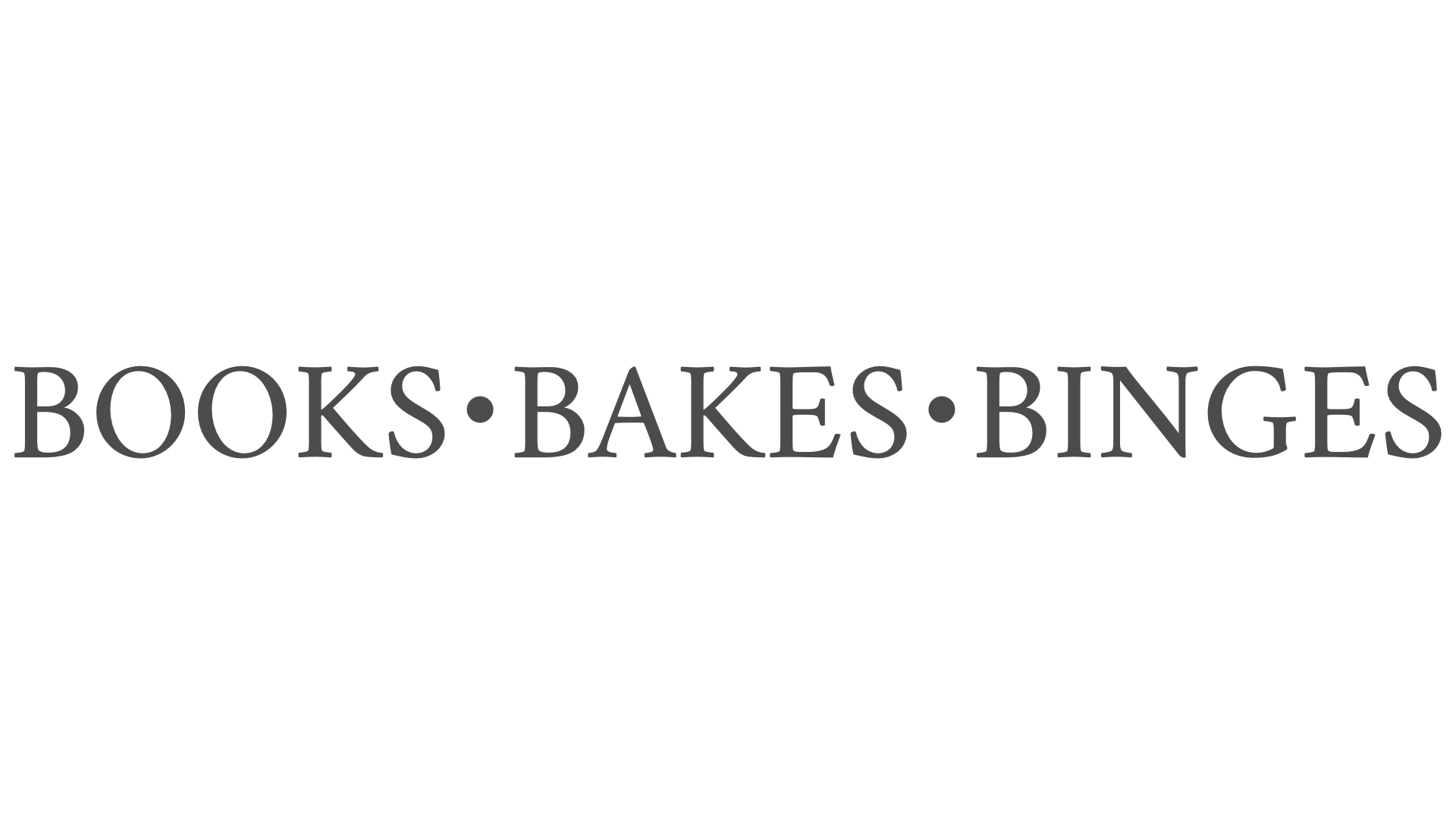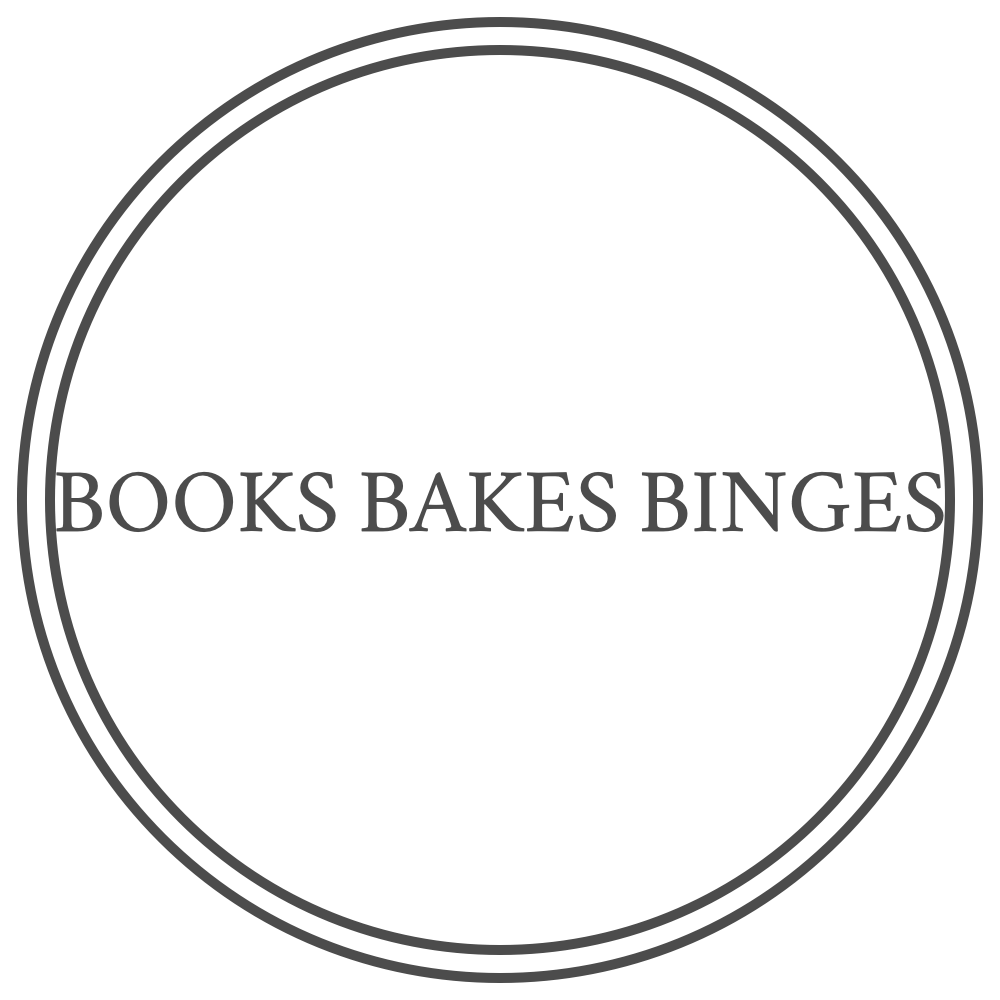The Princess Bride by William Goldman
The Princess Bride has an extensive cult following as a film. I’m not sure how many fans of the film have read the book. I admit I only picked up this genre-bending novel for book club. Full disclosure, I came to The Princess Bride late in life. Though I am part of the generation that was young when this film was released, I missed the boat. And by the time I did watch it, I thought two things. First, is this what happens when Hollywood ruins a book adaptation? Second, maybe I just missed the window; I should have watched this as a child or teenager.
Well, Hollywood did not poorly adapt the book. I know this because William Goldman was himself a screenwriter. He was one of the greatest screenwriters. Ever seen Butch Cassidy and the Sundance Kid and marveled at the characters portrayed by Newman and Redford, especially in the final scene? Yeah, Goldman wrote that. And he also wrote the screenplay for The Princess Bride. As I said, Hollywood did not screw up the adaptation. I, on the other hand, probably should have watched the movie as an adolescent.
Synopsis
The full-length title is, The Princess Bride S. Morgenstern’s Classic Tale of True Love and High Adventure, The “Good Parts” Version Abridged by William Goldman. And yes, the novel’s plot includes (true) love and high adventure. However, the book is a false abridgment of a make-believe novel. In truth, Goldman made up S. Morgenstern. And so the narrative follows a pattern of breaking the fourth wall. Goldman interjects, often, with asides referencing (nonexistent) droll pages of the text that do not pertain to the actual story.
But basically, if you’re unfamiliar with the film, there’s a girl, Buttercup, and a boy Westley. Of course, they are in love. There’s a Spaniard out to avenge his father’s death. There is a giant who likes to rhyme words and doesn’t like to be alone. There are nefarious men. And several absurdities mocking both true love and high adventure.
Review
I fear my synopsis has made this sound like the most riveting novel. And it may well be for some folks. But remember those interjections I mentioned? It reads as though Goldman’s asides are 50 percent of the book. They are funny. But they slow down the pace. When I hear Classic Tale of True Love and High Adventure “The Good Parts” version, I’m expecting a swashbuckling good time. Swashbuckling requires agility and speed. Instead, there is a masturbatory quality to the writing, the self-indulgence to cut in and place in-jokes for a small inner circle.
There are some great scenes between these asides. And they are all in the movie for your viewing pleasure.
BUT! There are layers here should you choose to unearth them. You can easily read The Princess Bride as a critique of the adventure genre. Honor and truth, a code to adhere to if you are a “man of action.” And what of the female role in this genre? These women serve as catalysts for adventure, even though no one bothered to ask if they need rescuing. Then, of course, there is the idea of romance in the traditional sense. These fairy tale stock characters, of falling in love but knowing nothing about one another, and in some cases not enough about themselves. All these themes are present for exploration.
Final Thoughts
I would never have read it on my own. But reading The Princess Bride has given me an appreciation for the movie I didn’t have before. I think the book club deserves thanks for this.
Still, it is difficult to determine the ideal reader for a story that is as equally satirical as it is earnest regarding true love and high adventure.
Perhaps, it should be read in the tradition of its own abridgment; aloud to a young person to whom you already read bedtime stories. Just be sure to tell your own “good parts” version of the tale.
Rating
I’m going to give The Princess Bride two ratings. Reading the novel from cover to cover and looking for only the surface story, I give it 2/5 stars. But reading the book for the satire it is, I give it 3/5 stars.











